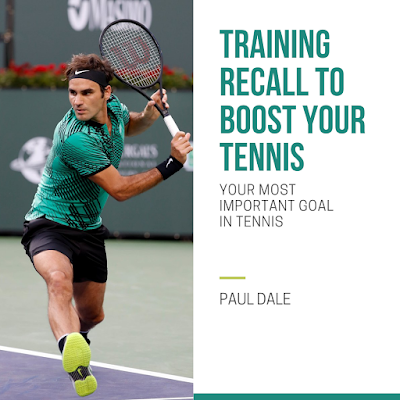THE 'TIMES SIX' PRINCIPLE FOR TENNIS PARENTS

AS A COACH THE LANGUAGE I use is important. Something said the wrong way on court can have a negative effect on the player, while compliments tend to have a more positive effect. I use the 'TIMES SIX principle' when talking to players on-court or whenever they have just finished their match. The 'TIMES SIX principle' means that anything you, say either as a parent or as a coach, is magnified by six times in the head of the player. It is therefore always important to filter your comments through the TIMES SIX 'filter' and imagine how your comment will be perceived if multiplied six times. An example could be if, as a coach or parent you remarked that the player had missed many first serves in the match (which could be completely correct), and told the player this soon after their match. The result of that comment could be disastrous (remember the TIMES SIX Principle) because the player could take the comment as a personal at





